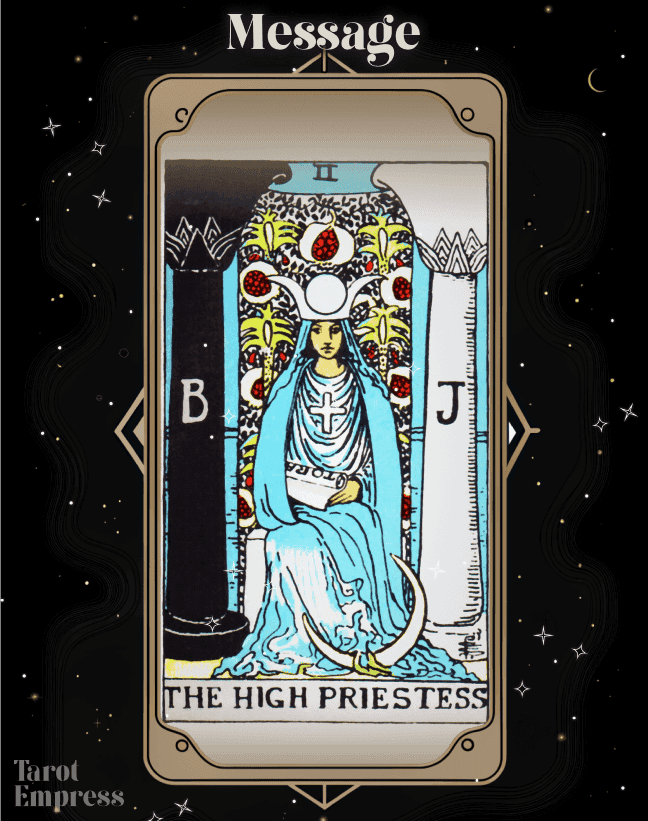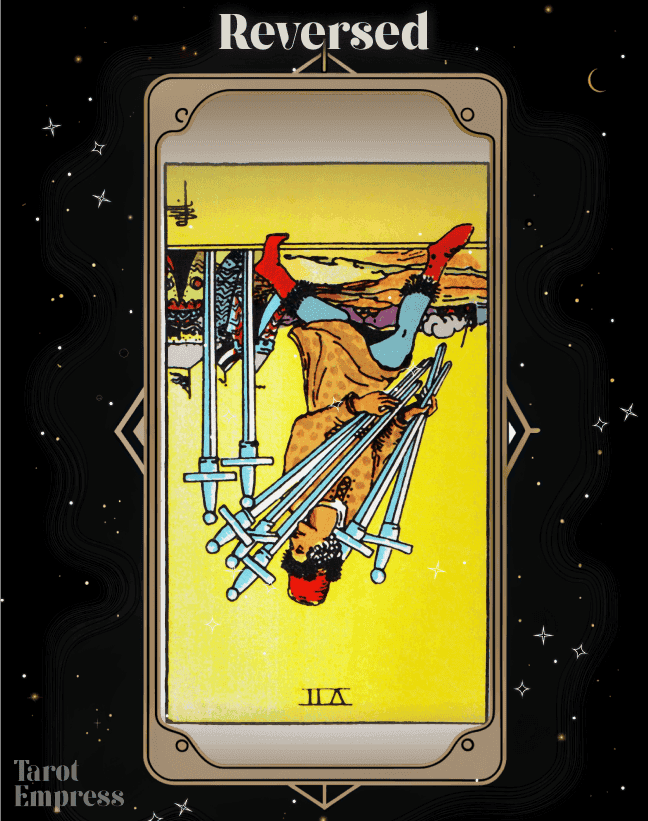Temperance card in tarot brings forth concepts of harmony and balance, offering unique guidance when it appears in both upright and reversed positions. In tarot, where insights are sought for life’s complex questions, this card guides us toward moderation, urging self-restraint and equilibrium. Whether you're asking about love, career, or personal development, this image emphasizes finding the middle path.

Temperance Yes or No Meaning: Embracing Harmony
Symbolizing balance and adaptability, Temperance suggests the importance of patience and the art of blending elements in one’s life to achieve peace. In the realm of yes or no answers, this card often offers subtle and context-dependent insights rather than outright affirmations or negations. This card encourages interpretation based on personal circumstances, seamlessly transitioning between "yes" or "no" depending on the surrounding cards and the situation in question.
Is Temperance a Yes or No Card? Upright Interpretation
When the Temperance card appears in its upright form, it tends towards a "yes," symbolizing the presence or need for moderation in your current circumstances. It suggests a course of action marked by balance and thoughtful combination of various aspects—whether they are ideas, relationships, or resources.
Upright Card in Typical Situations:
- Pursuing reconciliation with someone close.
- Starting a new endeavor that requires teamwork.
- Health discussions revolving around moderation.
- Emotional decisions that need calmness and level-headed approaches.
- Financial matters requiring careful balance between saving and spending.
Interpretation for Love Readings
In romantic contexts, an upright Temperance is a sign of compatibility and understanding, offering a "yes" to proceed with care and balance. It calls for open communication and emotional stability, ensuring both partners contribute equally to the relationship's growth.
- Singles: New meetings may evolve into deep connections when handled with maturity.
- Couples: Indicates an increase in harmony and mutual understanding.
- Ex-partners: Suggests pausing to reflect on past dynamics before considering reunion.
Meaning in Career Readings
Regarding career insight, the upright Temperance card affirms the necessity of balance between professional duties and personal life. It promotes teamwork and peace in professional settings.
- Job seekers: Signifies positive results when a balanced approach is adopted.
- Professionals: Encourages unity with colleagues and finding compromises.
- Entrepreneurs: Advises mixing creativity with practicality for successful expansion.
Temperance Reversed Yes or No: Warnings of Imbalance
In reversed form, Temperance raises a flag of caution or a "no," hinting at potential disharmony or excess. It advises against hasty actions, impatience, or imbalance, encouraging a reassessment of your priorities to restore harmony.
Frequent Scenarios for Reversed Card:
- Impulsive spending decisions.
- Relationship troubles due to lack of balance.
- Professional strain from poor teamwork.
- Health issues due to overindulgence or neglect.
- Emotional instability affecting choices.
Understanding Love Connections
In matters of the heart, the reversed card signals potential discord or misunderstanding. It stresses the need to foster balance and improve communication to overcome challenges.
- Singles: Could imply a rushed pursuit of relationships without introspection.
- Couples: Points to ongoing disagreements needing resolution.
- Ex-partners: Indicates that rekindling a past relationship might not be ideal at this time.
Career Insights
In a professional sphere, a reversed Temperance card may reveal issues like burnout or mismanagement, implying a cautious "no" and urging the need for equilibrium.
- Job seekers: Highlights the importance of a planned approach rather than acting on impulse.
- Professionals: Suggests re-evaluating your boundaries to avoid exhaustion.
- Entrepreneurs: Warns against making quick decisions or overcommitting resources.
Examples of Effective Yes or No Questions with the Temperance Card
Creating well-structured queries is paramount in tarot readings. When asking "yes or no" questions with the Temperance card, make sure they are thoughtful and related to balance and moderation.
- "Will focusing on balance enhance our relationship?"
- "Should I dedicate more energy towards this collaborative effort?"
- "Is it wise to pursue a more balanced lifestyle?"
- "Do I need to rethink my current work-life arrangement?"
- "Is this the right time to mend past friendships or love ties?"
Each of these questions captures the essence of this card, guiding thoughtful reflection instead of hasty conclusions.
Developing Emotional Security
When considering relationships through the insight provided by the Temperance card, it's essential to notice the value it places on balance, patience, and understanding. Its presence offers guidance on proceeding thoughtfully and managing connections with grace. Whether upright or reversed, this card helps direct growth or identifies challenges that require attention.
Decisive Guidance from This Card
To conclude, the card represents the intricate dance of balance. In yes or no tarot readings, it inspires careful contemplation, urging a middle path in decisions and emotions. Whether indicating a "yes" amidst calmness or advising "no" during discord, Temperance is a trusted guide for anyone seeking growth and a harmonious life journey.
FAQs
Can Temperance provide straightforward yes or no answers in tarot readings?
Yes, this card can guide you toward a "yes" or "no" by highlighting the need for balance and moderation. Its interpretation often depends on the context and surrounding cards, urging thoughtful consideration.
How should I interpret Temperance reversed in a yes or no reading?
When reversed, Temperance indicates caution or a "no," pointing to disharmony or imbalance in your situation. It encourages reevaluating your current path to restore stability.
How does Temperance influence yes or no answers in matters of the heart?
In love readings, the upright card suggests a harmonious "yes," promoting understanding and mutual growth. Conversely, its reversed position may imply obstacles or a "no," advising introspection and better communication.
What insights does the upright Temperance offer as a yes or no card?
An upright card signifies a supportive "yes," suggesting balance, patience, and a harmonious blend of elements in your situation, promoting positive outcomes.
Does a reversed Temperance provide specific guidance for career-related yes or no questions?
Yes, when reversed, Temperance cautions against imbalance and warns of potential professional challenges. It suggests reevaluating your strategy to align with career goals before making decisions.
How can Temperance guide my decision-making in personal growth questions?
This card, whether upright or reversed, provides insights into personal growth by urging balance and patience. It encourages you to blend different aspects of your life thoughtfully to achieve inner peace and progress.









